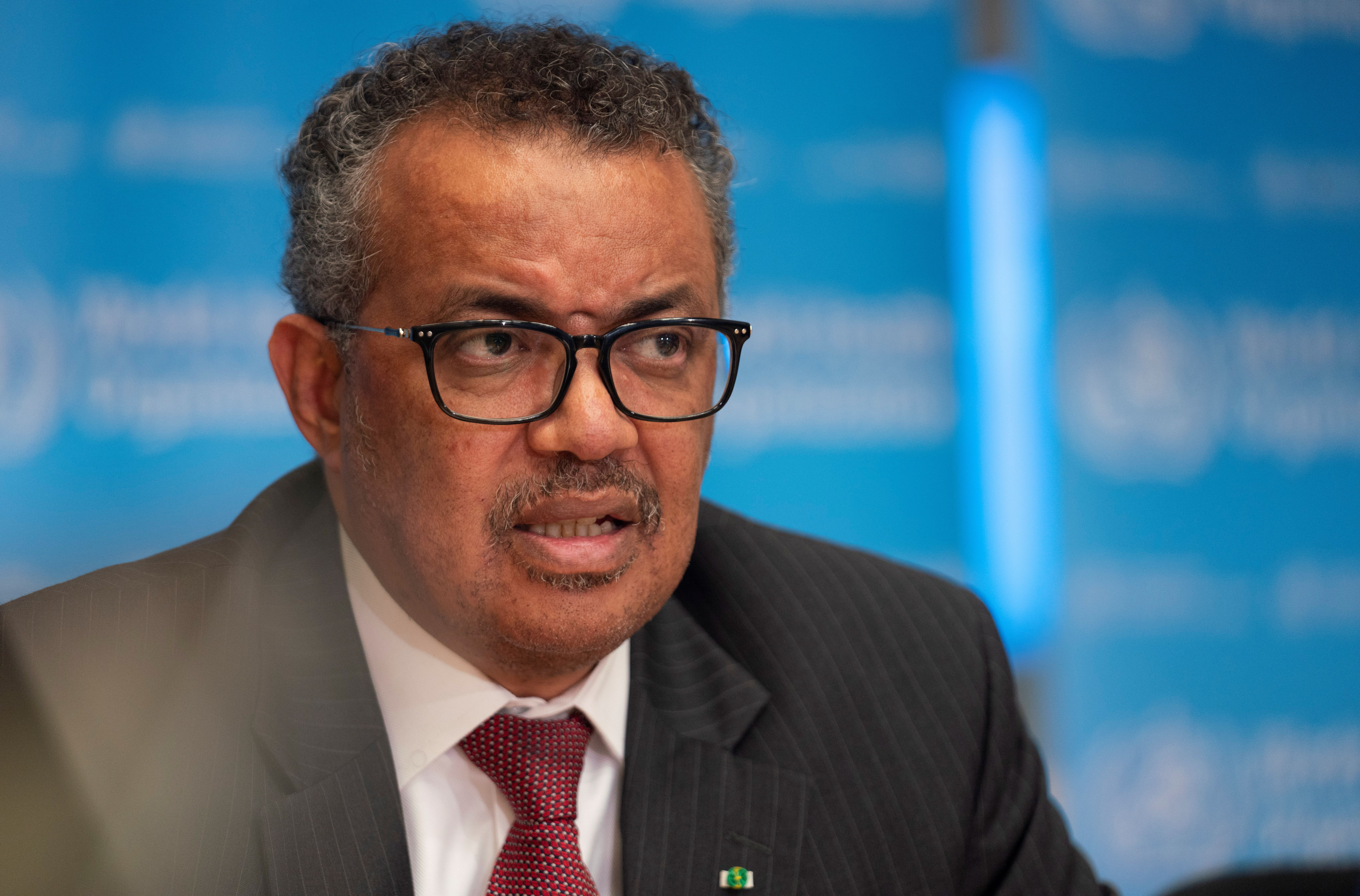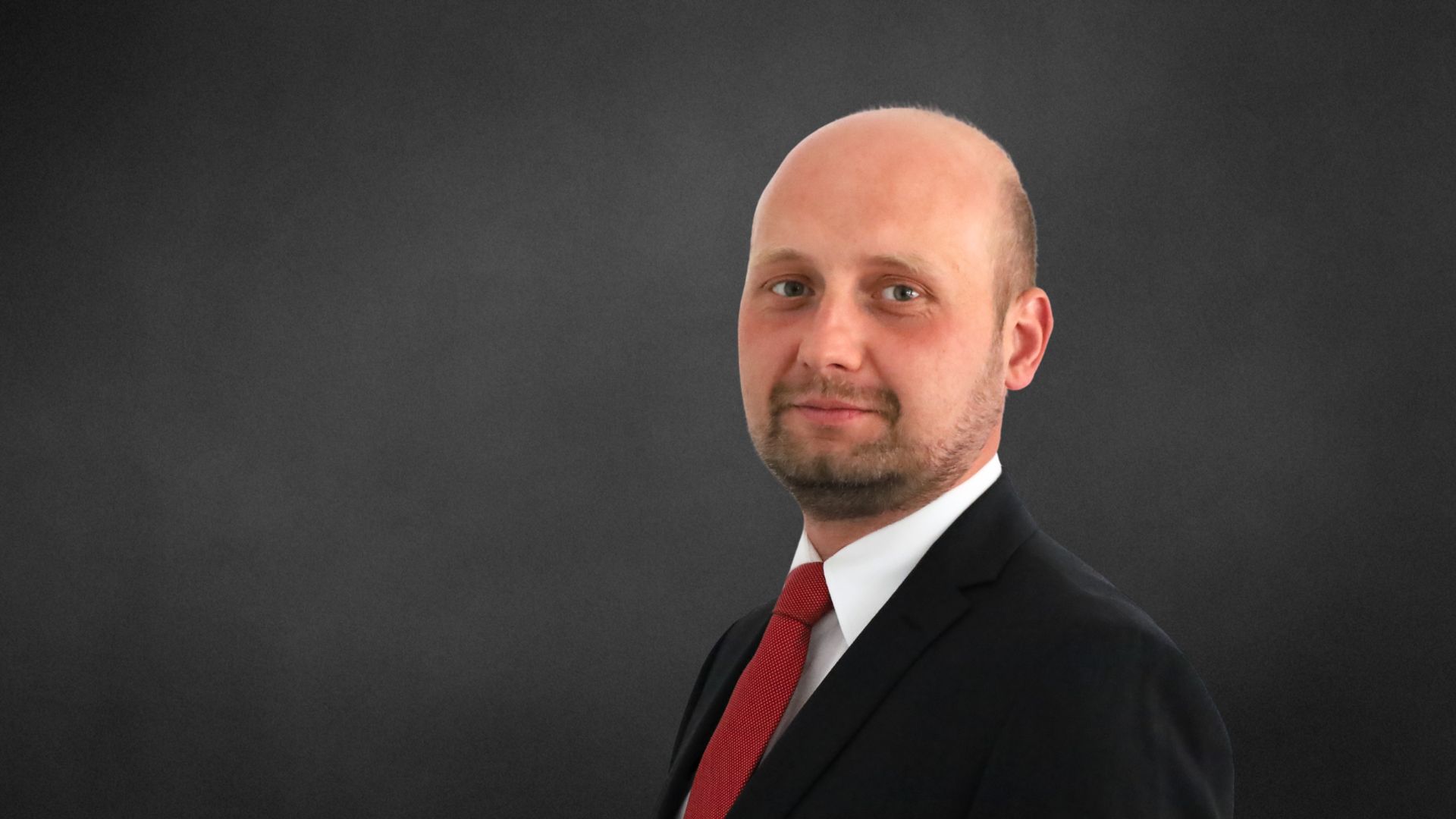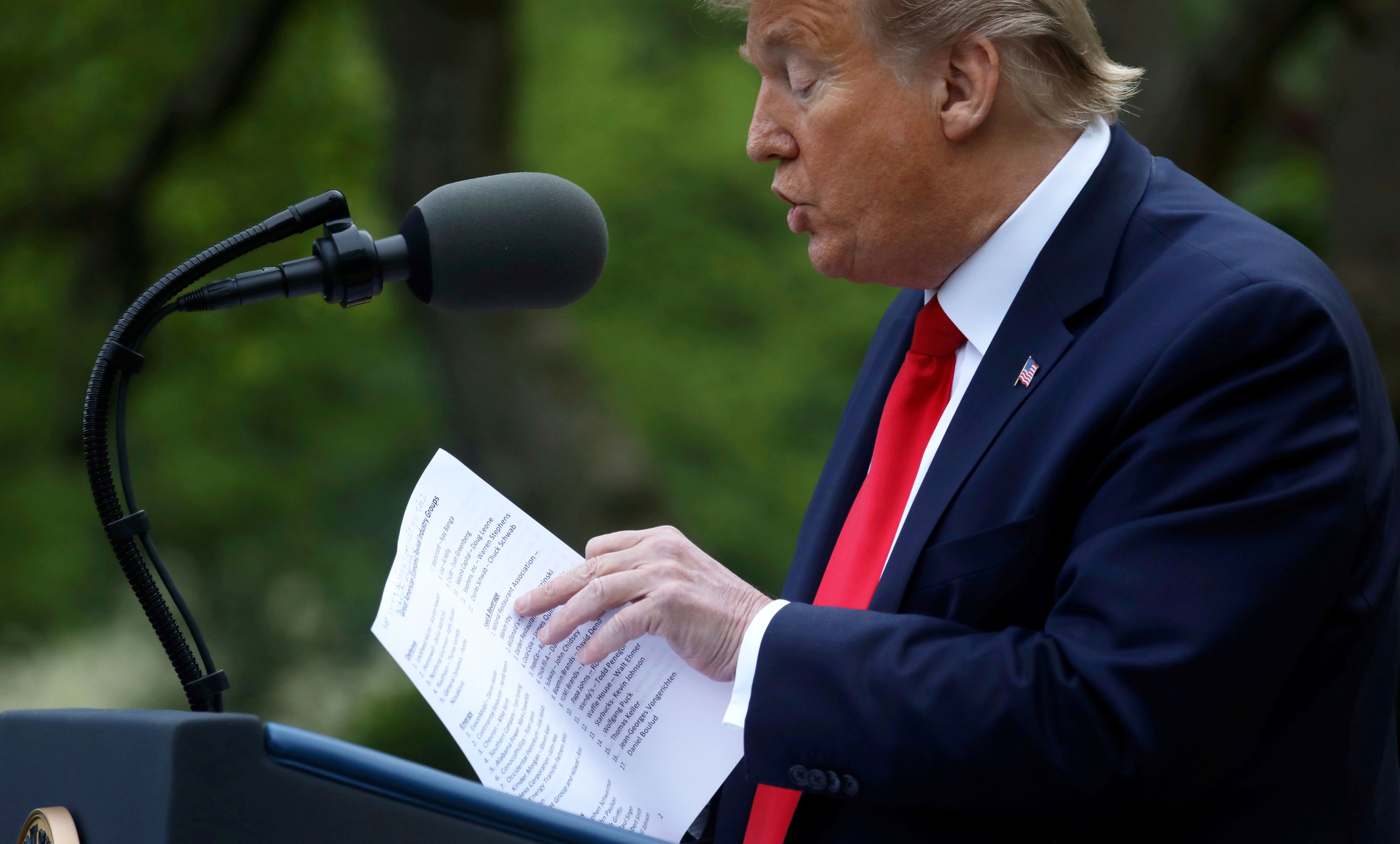The World Health Organization and COVID-19: A Late Start but Catching-Up

Ineffective Crisis Management
On 31 December 2019, China notified the WHO of incidences of an unknown type of pneumonia originating in Wuhan. The organisation officially informed the world about it only on 5 January 2020. On 12 January, the same day China released the genetic sequence of the new virus, enabling its detection, the WHO passed this information on to its members (a month later, it named the virus “SARS‑CoV-2”, and the disease as “COVID-19”). Nevertheless, based on Chinese data and contrary to signals from other sources, such as Taiwanese authorities and doctors (with whom China opposes WHO cooperation), the organisation maintained for too long the thesis that there was no evidence of SARS-CoV-2 transmission from human to human. It officially admitted it on 21 January, after WHO representatives visited Wuhan.
There was also a delay in its declaration of a public health emergency of international concern (PHEIC), an alert that allows the WHO’s Director-General (DG) to make recommendations, such as travel restrictions. On 22 January, at a meeting of the Emergency Committee, which advises the DG, the opinions of 16 experts whether to announce a PHEIC were almost evenly split. DG Tedros Adhanom Ghebreyesus decided, backed by a bare majority, that it was too early to declare it, although he should have been more cautious in the face of an unknown threat. He did not recognize the epidemic as a PHEIC until 30 January (by then, the committee was almost unanimous), after, among others, a visit of WHO leadership to China, during which the DG repeatedly praised the cooperation with the Chinese and held a meeting with leader Xi Jinping. The DG also refused to define the situation as a pandemic, indicating that it would cause panic and stressing that, in his opinion, the disease had not yet spread globally and the number of serious cases and deaths was too low. Even at the beginning of March, the DG emphasised the lack of evidence for numerous infections by asymptomatic patients and suggested COVID-19 was easier to contain than influenza. The DG finally declared it a pandemic on 11 March.
The WHO’s recommendations for preventing COVID-19 have long been limited to preventive measures to protect healthcare professionals from infection. Some discouraged states from taking more decisive actions, particularly the appeals not to apply travel and trade restrictions to China and other affected countries made after the PHEIC was declared. Even after labelling the spread of COVID-19 a pandemic, WHO did not recommend closing borders and stopping air traffic. Some recommendations were also delayed compared to the actions of states, such as the WHO’s stance against the general use of protective face masks as a means of limiting the spread of the disease, relaxed as late as April.
Further WHO Activities
While the organisation has failed concerning prevention, it has taken important initiatives to stop the pandemic and mitigate its effects. At the beginning of February, it released $9 million from its emergency reserve. It also announced an action plan and opened a fund with the goal of gathering $675 million to stop the spread of COVID-19, calling on states to support it (on 20 April, declared contributions to the fund exceeded $900 million). As a supplement, on 13 March it launched another fund, allowing contributions by private individuals and entities (as of 20 April, it had raised around $200 million). In April, it foreshadowed the release of a second plan covering the next phase of the anti-pandemic response.
The WHO’s activity in the field of training, consulting, and emergency response also increased. Since February, it has been holding expert teleconferences to exchange information on COVID-19 and the means to combat it. It opened online training courses for medical staff, used by 1.2 million people by April. It has produced guidance on care for patients with COVID-19, protection of health workers, and other topics. It has sent teams of experts to countries particularly affected by the pandemic, such as Italy and Iran. Thanks to its support, laboratories in several dozen African and American countries have gained the ability to detect COVID-19. It also provided some countries with a total of about 4.6 million articles of personal protective equipment and 1.5 million diagnostic tests.
The organisation also launched a campaign to counter misinformation regarding, among others, coronavirus transmission. Thanks to cooperation with companies from the IT sector, such as Google, it has ensured that official WHO and government information is positioned highest in web browsers. It has also initiated social campaigns, such as hand hygiene and social distancing, including the participation of, for example, football stars.
Since March, the WHO has also undertaken coordination efforts. With the World Economic Forum and the International Chamber of Commerce, it has taken steps to increase the supply of personal protective equipment and medical equipment produced by the private sector and to adapt it to the demand in individual countries. In April, it created a task group with the World Food Programme (WFP) to coordinate public procurement and distribution of personal protective equipment and diagnostic tests to countries with overstretched healthcare systems. It also began coordinating an international clinical trial to find the most effective combination of drugs already in use that could slow the progression of COVID-19 and increase the chances of survival of patients. Moreover, it has also initiated an analogous vaccine programme.
International Reaction
The appraisal of WHO’s actions by states and some international organisations is mixed. The organisation has been sharply criticized by the U.S., which on 14 April suspended funding, accusing the WHO of joint responsibility, along with China, for the spread of the virus and the outbreak of the pandemic. On 22 April, Australia appealed for an international investigation on the COVID-19 response, which would include an assessment of the WHO’s activities. Japan has accused the organisation of political subordination to China, and some of the WHO’s actions have been poorly rated by Turkey. India called for reform of the WHO without specifying its objections. Canada and the European Union took the view that the time of struggle against the pandemic was not the right moment to seek responsibility for its spread and called for support for the WHO in the face of the crisis. The president of the African Union and some other countries (including China, France, Germany, and Russia) gave it their strong support. Some, such as the UK and Finland, have announced that they will increase their funding.
Conclusions
The WHO has taken some specific measures to prevent the coronavirus from spreading, albeit late, and the tone of many of its recommendations and statements by its DG up to mid-March were too mild. This gave some countries a false sense of security, weakening their readiness to take decisive steps early enough. At the same time, the DG’s praise and recommendations favourable to China have raised doubts about the WHO’s impartiality. Allegations that the organisation and its DG are politically dependent on China require verification but that moment will come once the pandemic is contained because personnel changes now might hamper the WHO’s current actions.
In addition to the possible improper coordination with China, several other factors may have influenced the delay and controversial recommendations. These include the deficit of information (largely China’s fault), insufficient confrontation with data from other sources, and underestimation of the risk. There were also procedural aspects, such as the WHO’s delay in announcing the PHEIC, partly because it is formally the only alert level that it could announce. It did not want to expose itself to accusations of overreaction, made by some experts and countries concerning its actions against SARS in 2003 and H1N1 in 2009. Its limited recommendations, such as those regarding travel, also resulted from concern about the economic consequences, as the DG himself has admitted.
The objections of some countries and experts may give a new impetus to change WHO procedures and to pursue the organisation’s reform, which has been lagging since 2011. Scepticism as to the decisions taken at the DG’s discretion suggests that some decisions could be conferred to a collective body, for example. As a member of the WHO, Poland should be prepared for a change in the dynamics of the debate on these issues. It must be aware, however, that the increasing polarisation in positions may make changes difficult or even impossible.



